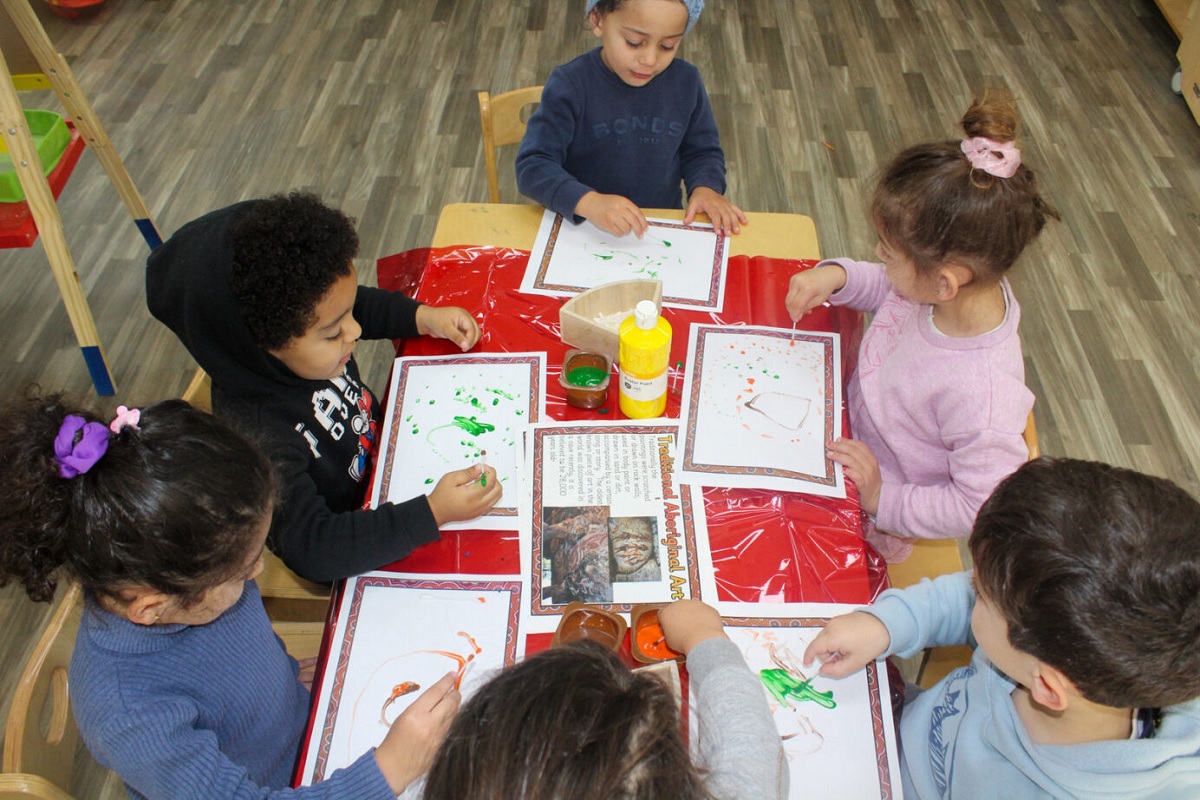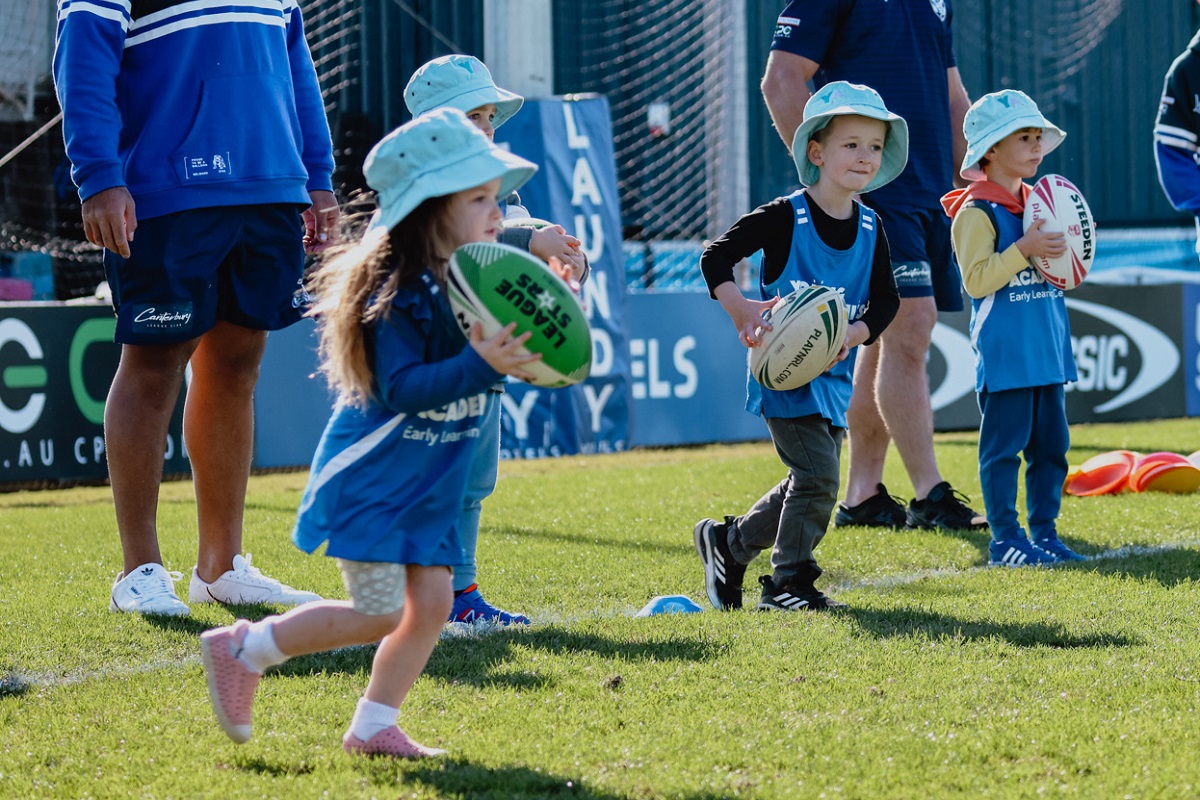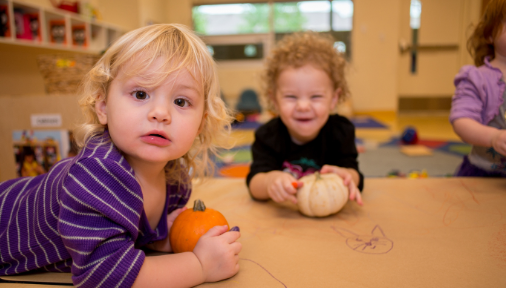Storytelling is a powerful medium that transcends generations, and when it comes to reconciliation, it becomes a bridge connecting the past, present, and future. The significance of reconciliation storytelling for children cannot be underestimated in the impact of shaping perspectives, and how these narratives foster understanding, empathy, and unity.
The Power of Stories in Reconciliation
Stories have the ability to transport children to different worlds, helping them understand diverse perspectives and experiences. Reconciliation storytelling plays a pivotal role in weaving narratives that not only acknowledge historical truths but also emphasise unity, respect, and the importance of embracing differences. Reconciliation storytelling provides a platform for Indigenous voices to be heard. Through storytelling, children can learn about the rich histories, cultures, and traditions of Indigenous peoples. Including Indigenous perspectives in stories allows children to appreciate the diversity and resilience of these communities.
Stories are a gateway to cultural appreciation and respect. Reconciliation storytelling introduces children to Indigenous languages, traditional practices, and art forms. By immersing children in these narratives, we foster a deep appreciation for the beauty and uniqueness of Indigenous cultures. Reconciliation stories often feature strong, empowered Indigenous characters who overcome challenges and contribute positively to their communities. These characters serve as role models for children, inspiring them to embrace resilience, kindness, and a sense of community.
Connecting Past and Present
Through reconciliation storytelling, children gain an understanding of the historical context that has shaped the world around them. These narratives create a bridge between the past and present, helping children comprehend the impact of historical events on contemporary Indigenous communities. Inclusive storytelling fosters a sense of belonging and acceptance. Reconciliation narratives emphasise the importance of inclusivity and diversity, encouraging children to celebrate differences and recognise the value of every individual, irrespective of their cultural background. Reconciliation storytelling opens the door to intergenerational dialogue. It encourages conversations between children, their families and educators. These discussions provide opportunities for questions, reflections, and a deeper understanding of the importance of reconciliation.
Interactive Storytelling Activities
Engaging children in interactive storytelling activities enhances the learning experience. Incorporate crafts, role-playing, or art projects related to reconciliation stories. These hands-on activities make the narratives more memorable and allow children to express their understanding creatively.
Reconciliation storytelling is a transformative tool that helps shape the minds and hearts of children. Through narratives that celebrate Indigenous cultures, acknowledge historical truths, and promote unity, we can inspire the next generation to be compassionate, empathetic, and committed to building a more inclusive and harmonious world. It is through these stories that we plant the seeds of understanding, ensuring that reconciliation becomes an integral part of the narrative for generations to come.







